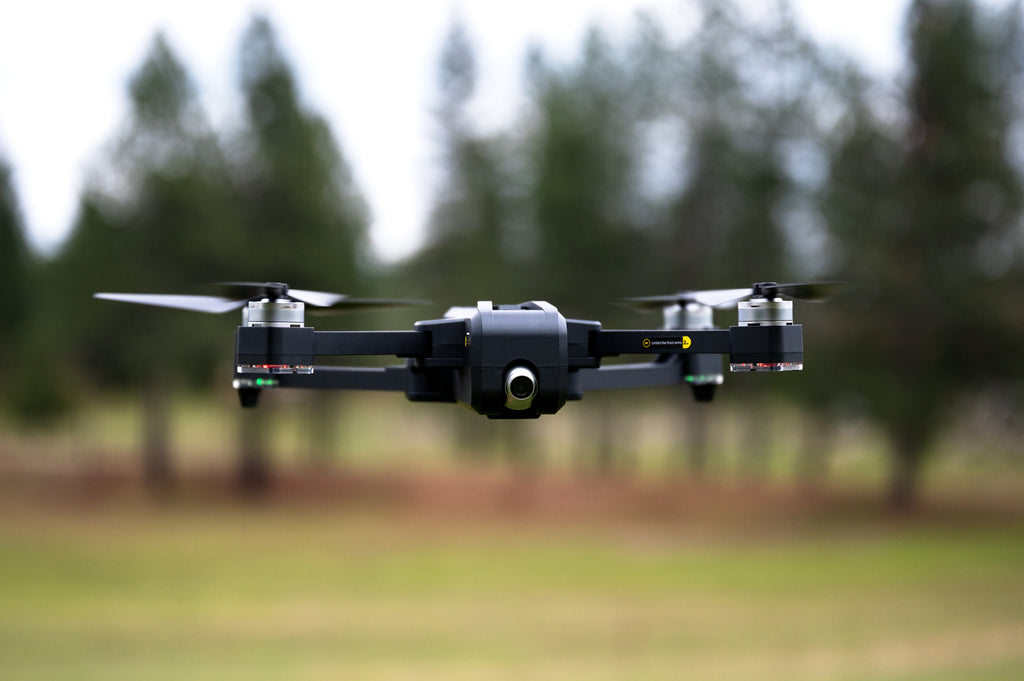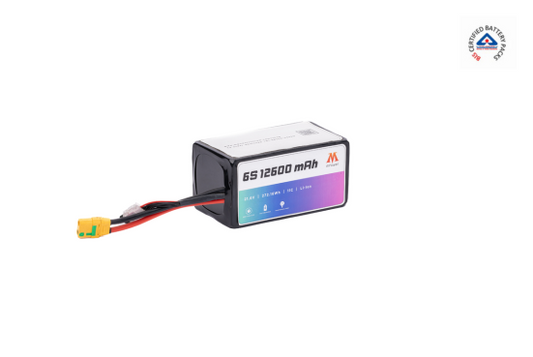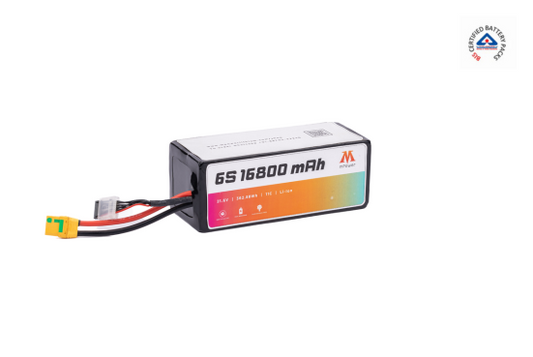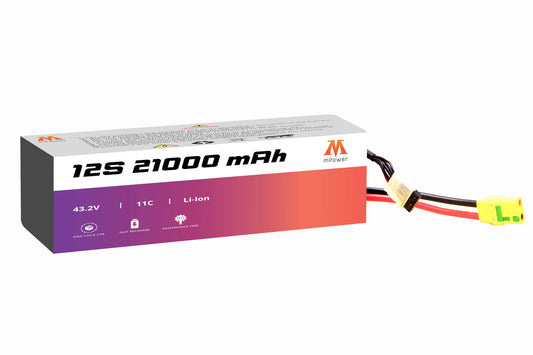
Technology is evolving and drones are one of the crucial facets of it. Recently, surveillance drone technology has been used in different fields, such as military, agriculture, etc. In this blog, we will discuss the various applications of surveillance drones.
What Is Surveillance Done?
A surveillance drone is an unmanned aerial vehicle (UAV) equipped with cameras, sensors, and other monitoring devices to gather visual and/or audio information from the environment below. These drones are commonly used for various purposes, such as military reconnaissance, border patrol,
Various Applications of Surveillance Drones
Mapping and Surveying
Surveillance drones capture high-quality aerial images of the terrain, which can be stitched together to create detailed maps and 3D models. These images provide valuable information about the topography, land features, and vegetation cover. Moreover, drones can cover large areas quickly and efficiently. Thus, enabling rapid data collection compared to ground-based surveys. This speed and agility make them ideal for emergency response situations or monitoring rapidly changing environments.
Agriculture
Surveillance drones have potential benefits in the agriculture sector. Hence, UAV surveillance Drone battery become all the more important. These drones can provide valuable data and insights to optimize crop management practices. For instance, drones equipped with high-resolution cameras and multispectral sensors can capture detailed imagery of crop fields. This imagery can be used to monitor crop health, identify areas of stress or disease, and assess overall crop condition. These drones can assist farmers by providing them with accurate and timely data about soil variability, moisture levels, and nutrient distribution. Thus, farmers can implement precision techniques and improve the overall crop yield.
Live Streaming Events
Surveillance drones can be effectively utilized for live-streaming events. They can provide dynamic and immersive aerial coverage. For instance, drones offer unique vantage points and perspectives that traditional ground-based cameras cannot achieve. They can capture stunning aerial shots of the event venue, crowd, and surrounding area. Thus, providing viewers with a bird's-eye view of the action. Furthermore, drones
can move freely in three-dimensional space, allowing for dynamic and engaging footage of live events.
Emergency Response
Drones can be deployed quickly to assess the situation in emergency scenarios such as natural disasters, accidents, or hazardous incidents. They can be launched within minutes and provide immediate aerial reconnaissance to emergency responders on the ground. Moreover, drones can capture high-resolution aerial imagery of disaster-affected areas. Thus, aids emergency managers in assessing the extent of damage to infrastructure, buildings, and critical facilities. This information helps prioritize resource allocation and guide recovery efforts.
Mining
Drones equipped with specialized sensors, such as LiDAR (Light Detection and Ranging) and multispectral cameras, can conduct aerial surveys of prospective mining sites. They can collect high-resolution imagery and data to identify geological formations, map terrain features, and assess mineral potential. Furthermore, drones play a crucial role in environmental monitoring and compliance for mining operations. They can assess vegetation cover, monitor water quality, and detect changes in land use to ensure compliance with environmental regulations. They can also help minimize the impact of mining activities on surrounding ecosystems.
Monitoring Poachers
Drones have a bird's-eye view of remote and inaccessible areas where poaching activities may occur. Equipped with cameras, thermal imaging, and other sensors, drones can detect poachers from the air and monitor their movements in real time.
Drones can cover large areas of land more efficiently than ground patrols. Thus, enabling conservationists to monitor vast wildlife reserves and protected areas effectively. This wide area coverage helps deter poachers and protect wildlife populations across expansive habitats.
Aviation
Drones can be used for perimeter security patrols around airports and aviation facilities. They can monitor fences, gates, and other access points, providing real-time surveillance to detect intruders or suspicious activity and enhance overall security measures. Drones equipped with high-resolution cameras and sensors can conduct inspections of airport runways, taxiways, and other infrastructure. They can identify cracks, debris, or other hazards that may pose risks to aircraft operations, allowing for proactive maintenance and safety measures.
mPower: A Leading Supplier of UAV Surveillance Battery
Surveillance drones are of great use in today’s life. However, the battery is one of the critical components of a drone. mPower is a leading provider of long-lasting surveillance lithium ion drone battery packs. We are renowned for providing long-endurance BIS-certified batteries for surveillance and survey drones. So, if you manufacture drones, then mPower batteries are the best option for you. The batteries we provide are lightweight to 16 percent and are up to 40% smaller in size. You can avail up to 1.5x better performance. As a leading manufacturer of Li-ion drone batteries, we provide exceptional quality batteries.












